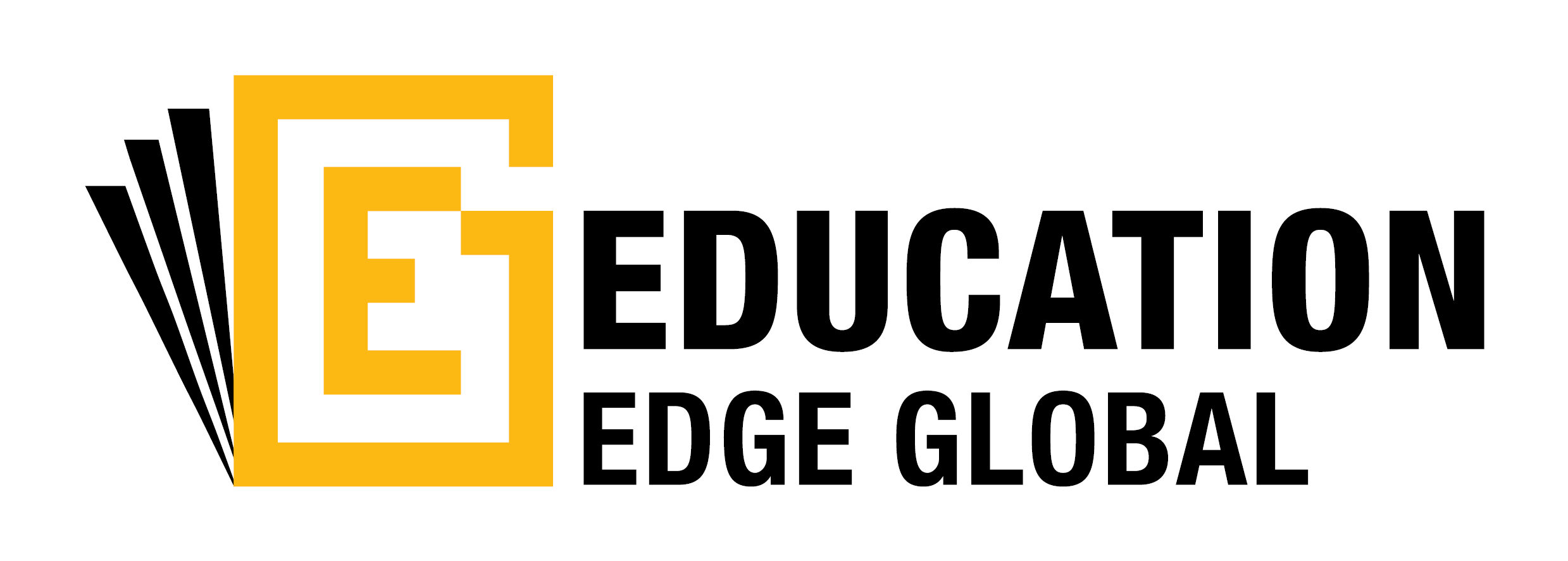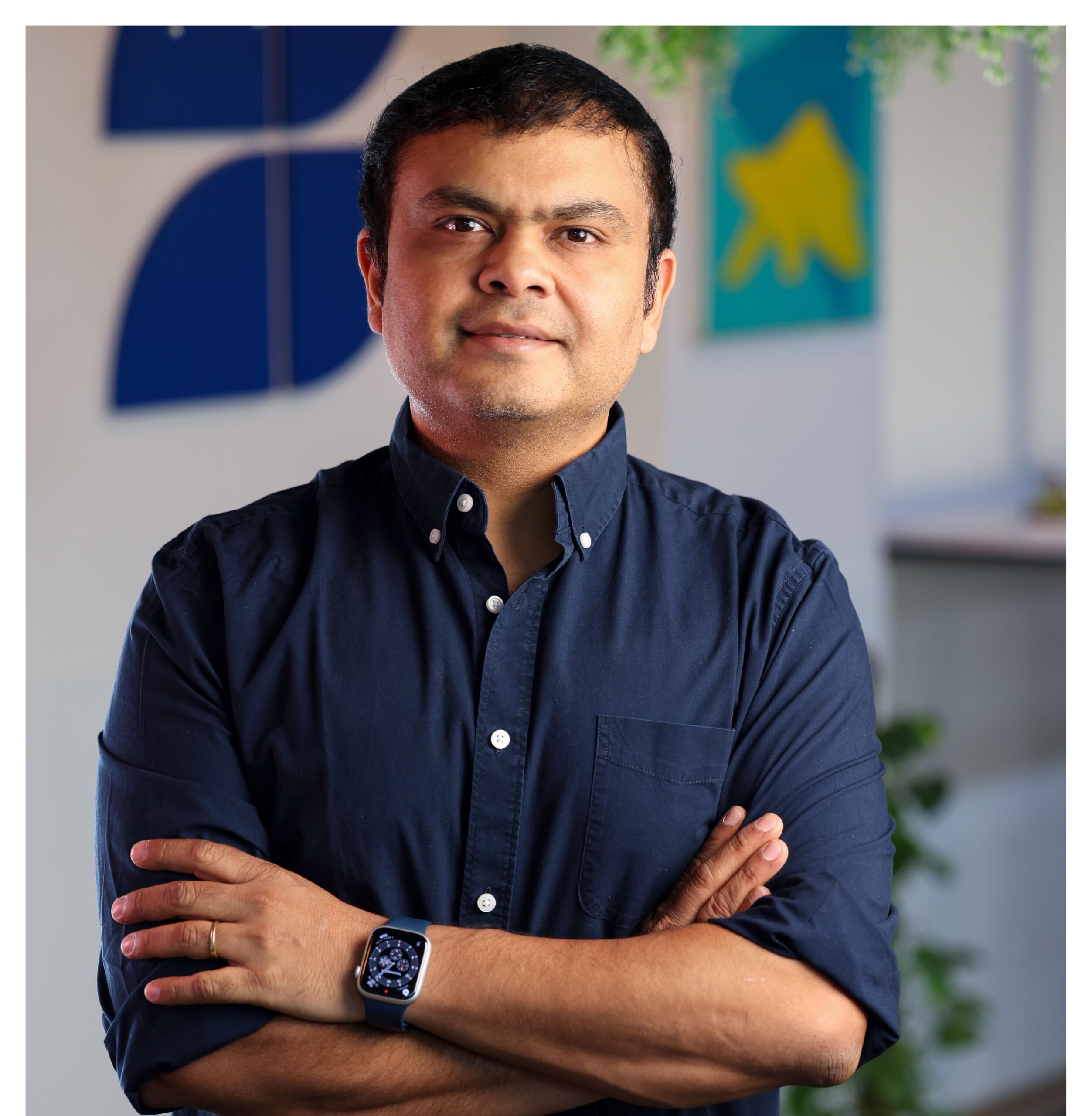By: Suraj Aiar, Founder & CEO, QWR
Education is currently undergoing one of the biggest revolutions in the history of humankind. For years, the word ‘edtech’ was confined to ‘digitization’ where e-books replaced textbooks and online portals replaced classrooms. However, today with the arrival of Artificial Intelligence (AI) and Virtual Reality (VR), these definitions are being rewritten. Learning from being a passive access to content, is now becoming immersive, adaptive and future-ready. Be it a preschool in rural India or a university lab in New York, AI and VR are changing the way students learn, teachers interact with learners or even how success is measured across institutions.
The Global Wave of Immersive Learning
With a projected value of $7.05 billion in 2025, the global AI education market is predicted to grow at a remarkable 36% CAGR and reach $112.3 billion by 2034 globally. VR in education is also optimistic, projected at $31.28 billion in 2025 and expected to reach $81.13 billion by 2030 with a CAGR of 21%. Beyond just being financial forecasts, these figures reflect an educational revolution taking place across continents.
Already implemented In the U.S., platforms like Carnegie Learning are leveraging AI to modify math lessons in real time based on student responses. Similarly, in Europe, VR classrooms allow students to walk through the ruins of ancient Rome or explore marine ecosystems while sitting on their respective desks. While in Singapore, undergraduates are excelling in VR robotics experiments, without the presence of expensive labs. These experiences show how AI and VR are not replacing traditional education but enhancing the users experiences by making it more interactive and personalised.
India’s Unique Testbed
Home to 260 million students across 1.5 million schools, India is one of the most important testing grounds for this transformation. The National Education Policy (NEP) 2022 that aims to encourage innovation and inclusivity is strongly inclined to promote AI and VR for a quick impact. Additionally, our tech-savvy youth population, reasonably priced data and gadgets uniquely positions us to advance into immersive learning in no time.
AI is already addressing some of India’s biggest challenges such as linguistic diversity. With 22 official languages, standardized learning has always been a challenge. AI is able to close this gap by delivering tutorials in local languages. For instance, a chemistry experiment being taught in Tamil in Madurai, Hindi in Jaipur and Bengali in Kolkata, each student receiving the same quality of instructions that are aligned with NEP’s goal of inclusive education.
Similarly, VR is addressing the infrastructure gap in schools lacking high-level functional labs for physics or chemistry. In such a scenario, students in small towns can use VR in their smartphones to conduct experiments or simulate electrical circuits. There have been multiple pilot programmes that have been run across states, offering students virtual trips to conduct medical dissections or even a trip to Harappan civilization without the heavy cost of traditional labs.
The Power of Personalization
AI’s true power lies in personalizing the experience for each user. By tracking real-time data like hesitation patterns, time taken on each chapter or problem ,it adjusts the planned lesson accordingly. For example, if a student in Delhi struggling with quadratic equations will be recommended animated explainers, while a peer in Bengaluru who is outpacing him, will be given a more advanced problem set. This adaptive approach ensures students neither feel left behind nor held back.
This impact is breaking barriers across the globe. While a student in Brazil is receiving tutorials in Portuguese, a peer in Japan receives the same in Japanese, making inclusivity a reality instead of being a dream. With AI tutors offering high-level standardised tutorials in multiple languages, the demand has already escalated globally.
When paired with VR, the results are revolutionary. A medical student, for instance, can experience dissection simulation based on their expertise to an AI powered professional training avatars guiding learners through role-play scenarios building not just hard skills but also critical soft skills needed in the workplace.
Scaling Skills for the Future of Work
Edtech’s impact is not limited to classrooms, rather it extends to employability. Students get to practise welding, automotive repair or renewable energy installation in safe, realistic environments through VR workshops. With AI’s real-time performance monitoring and feedback, the learners find themselves better prepared for the job.
Globally, universities have started using VR to simplify even the toughest subjects, where students design experiments that feed directly into research. In India also coding camps with VR simulations are enabling rural students to build apps and games, equipping them with skills aligned to a digital-first job market.
And because soft skills are equally important to be job ready, virtual role-plays prepare students for teamwork, communication and leadership in simulated business settings. By incorporating these experiences into curriculum, AI and VR makes sure that learning outcomes match the evolving demands of the global economy.
Driving Teacher Empowerment
Equally supportive for the teachers, AI dashboards track student progress, highlighting areas where intervention is needed. VR session reports give educators an understanding of how students performed in simulations, allowing customised feedback. Globally, teacher training programs are using AI-driven VR to simulate classroom dynamics, helping teachers practice managing a vast range of learning needs.
For India, where teacher-student ratios remain a challenge, these tools serve as a lifeline. They allow teachers to scale personalized attention while aligning with NEP 2022’s emphasis on continuous professional development.
The Business of Learning
As more and more students globally have now started opting for premium AI-led modules, this change is also reshaping the business models. In addition to the B2B edtech providers who are now expanding VR training for sectors like healthcare, data science etc , there is also a wave of institutions opting for virtual labs as a cost-cutting measure and booster for skill development.
By 2030, the global edtech market is expected to touch $348 billion, with AI and VR driving the lion’s share of growth. In India, the combination of a massive student population, low-cost data and supportive policy creates one of the most fertile markets for scalable, impactful solutions.
Conclusion: The Future Is Experiential
The goal of education today is no longer confined to just memorising the chapter or passing the exam. Instead, it’s all about preparing students for our rapidly changing, tech driven environment. In this AI & VR are playing a crucial role by transitioning the traditional methods of education into an immersive experience, offering students equal opportunities along with access to quality education, while encouraging curiosity and adaptability as they explore their learning modules.
In India, with the NEP 2022 driving this shift, AI and VR are already closing learning gaps, empowering teachers and enabling institutions to help students succeed no matter which part of the country they are in.
The question is no longer if AI and VR will reshape education, but how fast.



